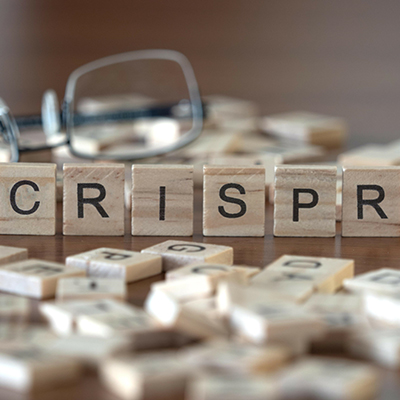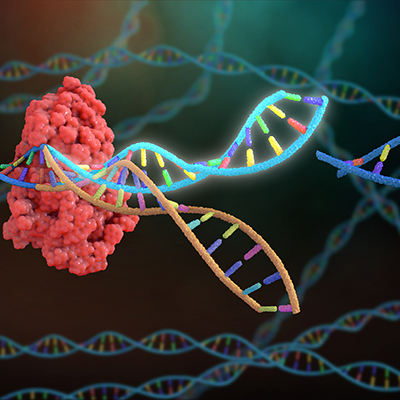September 9, 2022 -- Modified mRNA (modRNA)-based CRISPR systems improve on the transfection and knockout efficiency of plasmid-based systems in human pluripotent stem cells (hPSCs), a Penn State-led team of interdisciplinary researchers has found.
Their paper, published September 7 in the journal Cell Reports Methods, contends that the new approach "can be used to achieve robust gene knockouts in both human embryonic stem cells and induced pluripotent stem cells to circumvent the challenges faced by plasmid-based CRISPR systems."
Researchers already have access to a variety of tools for the delivery of CRISPR components into cells, but all of the methods have limitations. The immunogenicity, low cargo limit, and laborious production process of viral vectors offset the efficiency of that approach. Plasmid DNA offers an alternative nonviral method, as potentially does RNA, but both approaches have their own limitations, as Xiaojun "Lance" Lian, PhD, associate professor of biomedical engineering and biology at Penn State, noted.
"Delivery of DNA CRISPR effectors is low," Lian said in a statement. "Only 20% to 30% of the targeted cells will receive gene-editing DNA when using CRISPR. Delivery of RNA into cells can be more efficient; however, when regular RNA is introduced, cells can see it as a virus. They destroy the RNA before it can make proteins -- say, in a matter of a few hours -- and, in doing so, destroy the gene editing attempt."
Lian and his collaborators identified modRNA as a way to improve on the existing options. Chemically modified nucleotides are used during in vitro transcription synthesis to create modRNA that has better stability and lower immunogenicity than RNA. Other teams have already built on that finding, further optimizing modRNA and using it in certain gene editing applications. However, there was a lack of data on how modRNA performs in hPSCs.
Because hPSCs can be expanded almost indefinitely while maintaining their ability to differentiate into other cells, they are potentially very useful in the development and production of cell therapies and in other contexts. The cells have yet to fulfill that potential, though, in part due to the limitations of the existing methods for delivering CRISPR components.
The Cell Reports Methods paper suggests that modRNA may be a better approach. The researchers created CRISPR systems that utilized Cas9 and p53DD or a base editor, ABE8e, modRNA and compared them to established approaches.
Transfection of hPSCs with Cas9 modRNA yielded 90% transfection efficiency, while gene editing of hPSCs via Cas9/p53DD modRNA yielded up to 84% knockout efficiency. Cas9/p53DD modRNA performed better than plasmid- and ribonucleoprotein-based methods, and ABE8e modRNA achieved 5-fold knockout efficiency relative to the plasmid ABE8e.
"We transfected stem cells with either a plasmid-based or a modRNA-based base editing protein," Lian said. "Our modRNA-based method was more than four times more efficient, at 68%, than the plasmid-based technique, at about 16%, in editing the genome successfully."
Copyright © 2022 scienceboard.net









